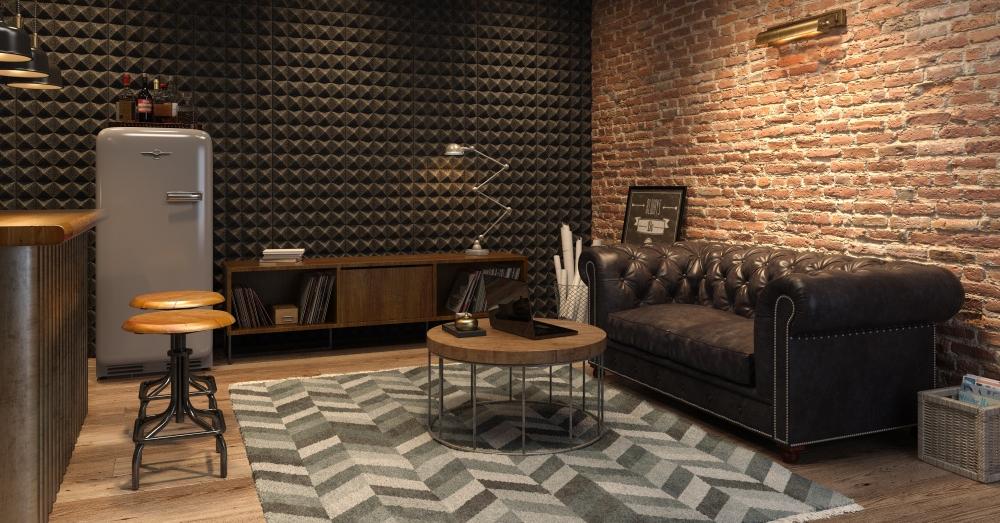Wall panels define the acoustic environment of a room as they provide both aesthetical and functional approaches. Their integrity has a determining effect on room reverberation, sound reflection, and overall sound quality.
Here’s a detailed discussion of some critical acoustic properties of wall panels:
Sound Absorption: One of the critical functions of wall panels is reducing sound energy. This absorption feature is paramount since reverberation is reduced within a room, which may improve speech intelligibility and overall sound quality. The wall panels visually achieve proper absorption using the porous materials of which they consist, such as foam, fabrics, and fiberglass, which dissipates the energy of the sound as it passes through them. The absorption coefficient at different frequencies is a factor that determines how efficient the acoustic panel is in absorbing sound.
Reflection Control: Though useful to keep liveliness in a room, reflections may cause echoes and sound build-up if not well controlled. This problem is further complicated in enclosed spaces. The wall panels provide a way of managing reflection by absorbing or dispersing sound waves. The absorptive panels draw sound energy so that it doesn’t rebound, while the diffusive panels scatter waves, making them travel in a different direction and, thus, avoiding the production of hot spots.
Transmission Loss: The panels of walls likewise increase insulation from sound between different rooms. This feature is known as transmission loss or sound insulation and describes the ability of the element to cut off sound passing through it. The translucent panels have low transmission loss (T-L); hence, they will result in minimal sound transfer from one room to the other, thus creating privacy and reducing the disturbances between adjacent rooms. The thickness, density, and type of construction of the paneling material determine its transmission loss abilities.
Resonance Control: Resonances happen when the vibrations of a structure become self-driven by the sound waves and reach their natural frequency, thus making the structures vibrate louder than usual at specific frequencies and causing unwanted ringing or booming. Surface or panel mass and damping for the structure can be corrective to resonance by shifting the natural frequencies, thus reducing the risk of resonance. The use of acoustic foam or thick vinyl has proved to be the most effective material to dampen vibrations or control resonance for better sound quality in a room.
Tuning and Customization: Other major characteristics of the wall panels are their tune-ability and customizability. Differing room sizes, shapes, and purposes determine different acoustic requirements unique to respective rooms. Panels are available in various sizes, shapes, thicknesses, and materials, guaranteeing customization to meet particular acoustic performance requirements. Moreover, acoustic panels can be designed with perforations, patterns, or textured surfaces to improve their acoustic performance or to blend them with the rest of the interior design in the room.
Environmental Impact: The environmental impact assessment is becoming functionally crucial for the choice of wall panel. Sustainable alternatives like recycled materials, organic fibers, or no-VOC (volatile organic compound) finishes are the top choices for eco-aware projects. Also, reusable, recyclable, or biodegradable panels are a significant factor in diminishing the ecological footprint of the building but still serve as efficient acoustic barriers.
Final Thoughts
Wall panels perform multiple functions in determining and setting the acoustic ambiance of a space. Their ability to grasp, reflect, and control sound waves is key to optimum acoustics and a quality listening experience. Architects, designers, and acousticians can create rooms simultaneously functional and pleasing to the eye by using customizable wall panels that meet their specific acoustic needs and preferences.
